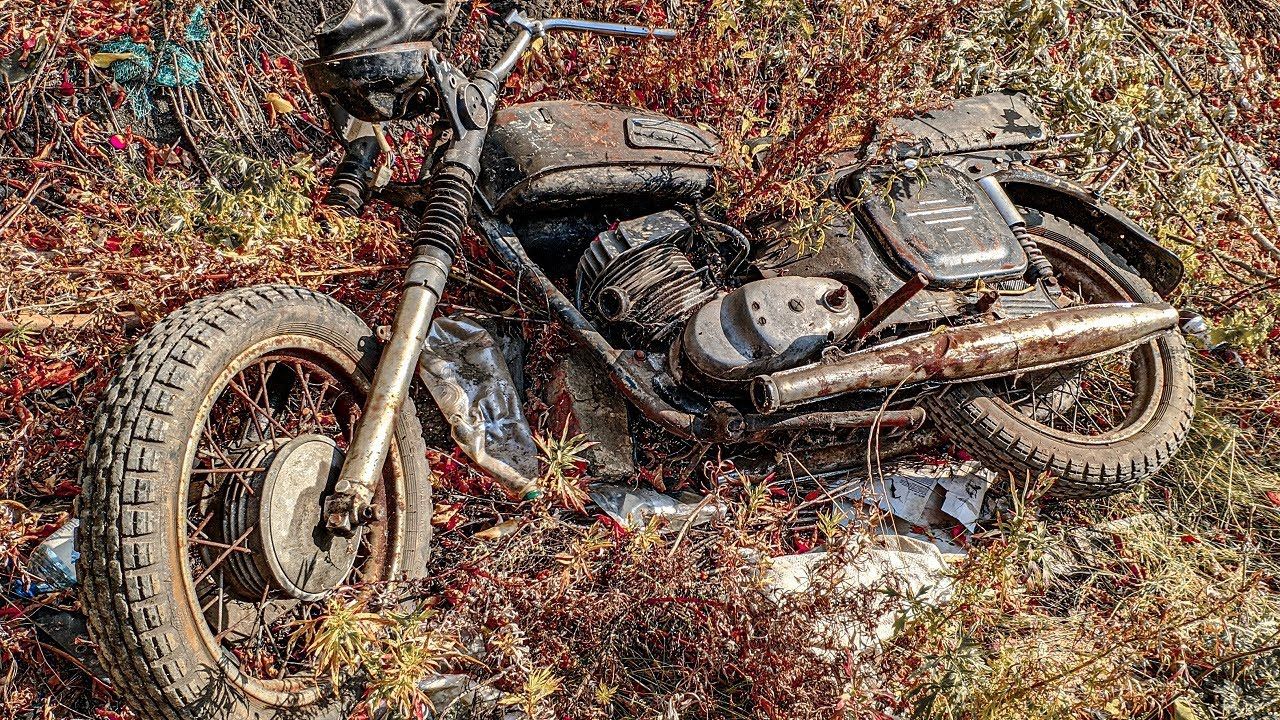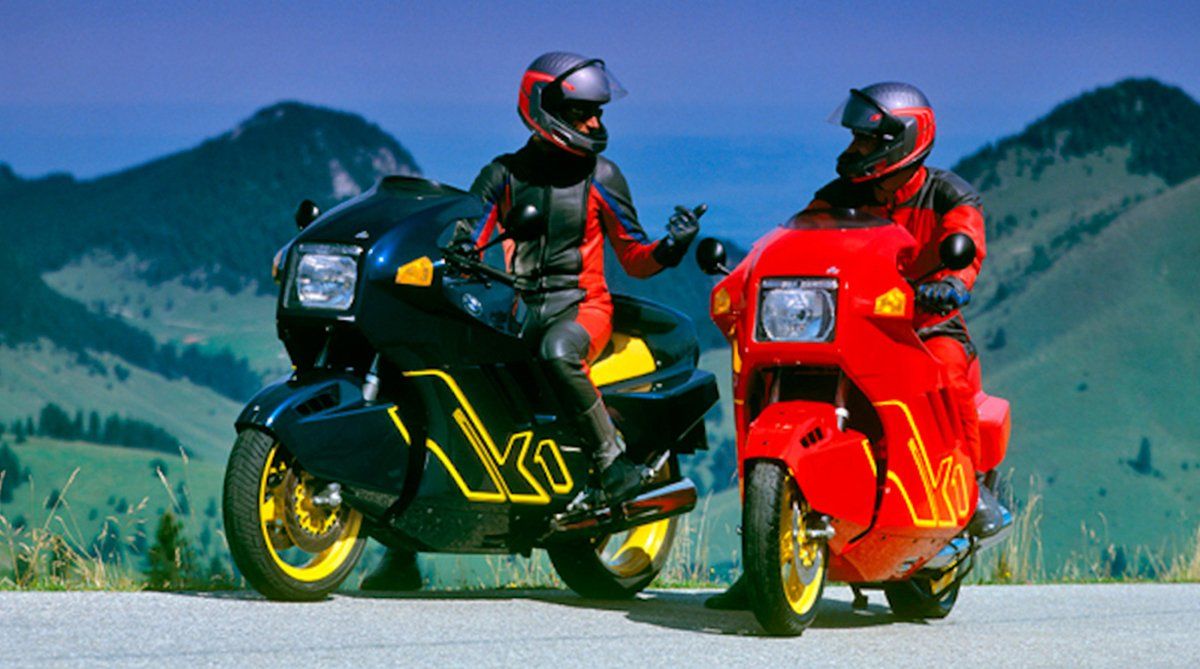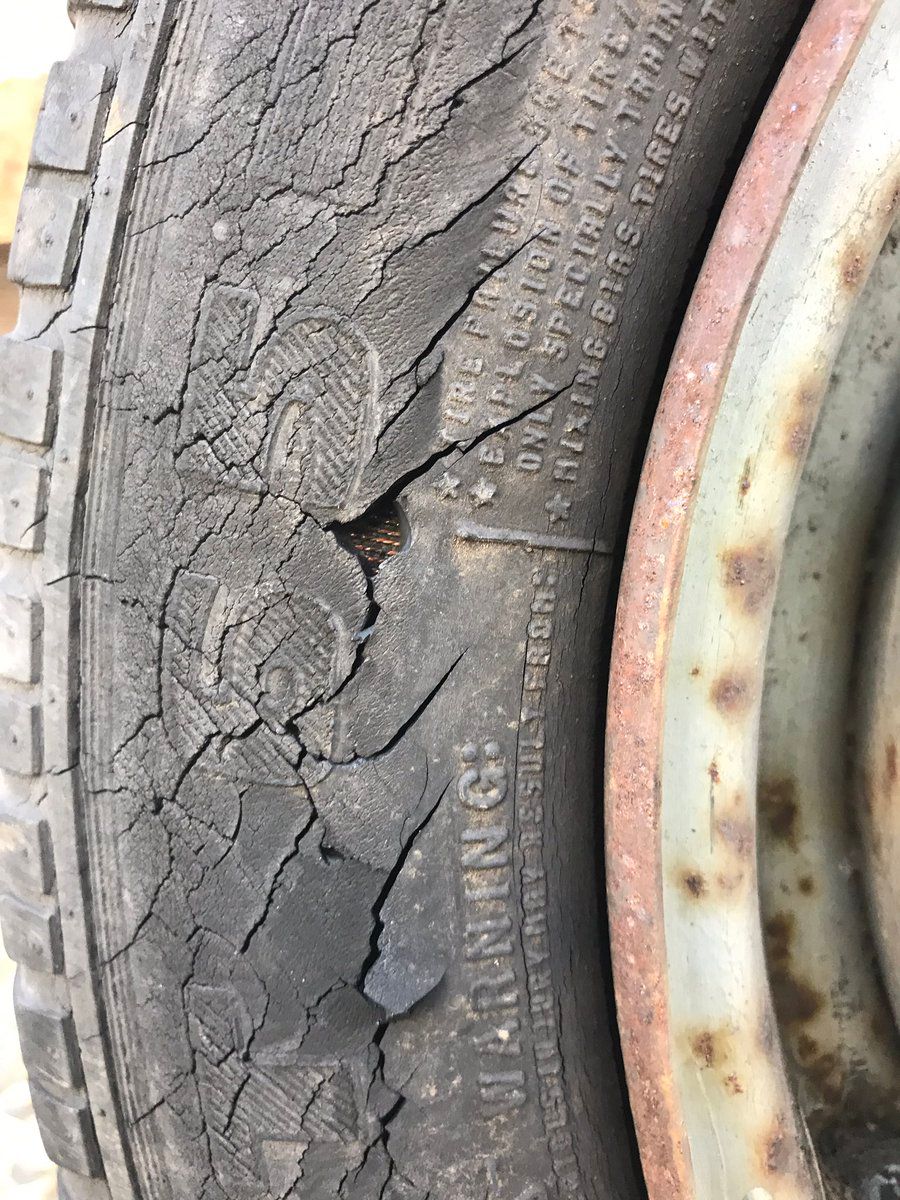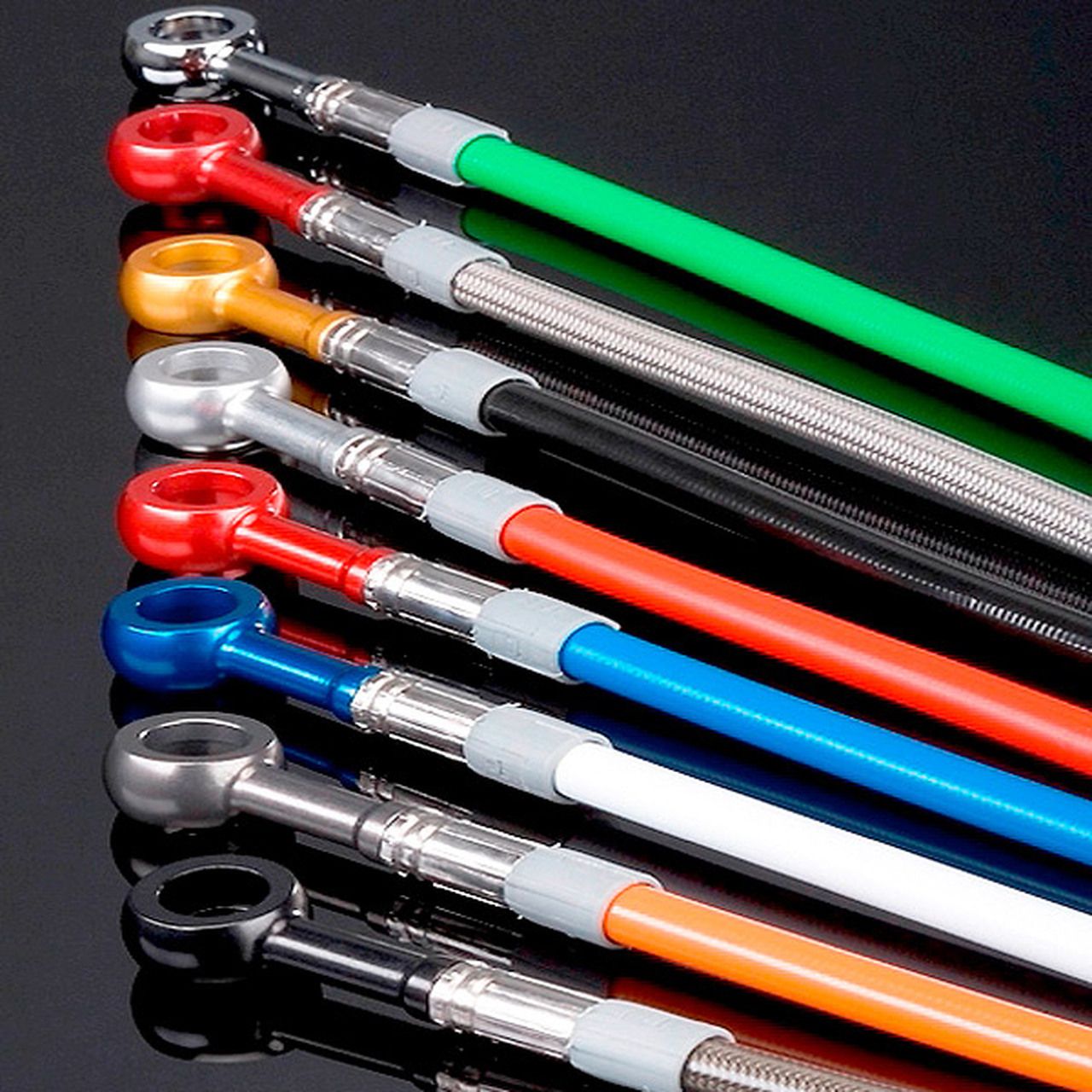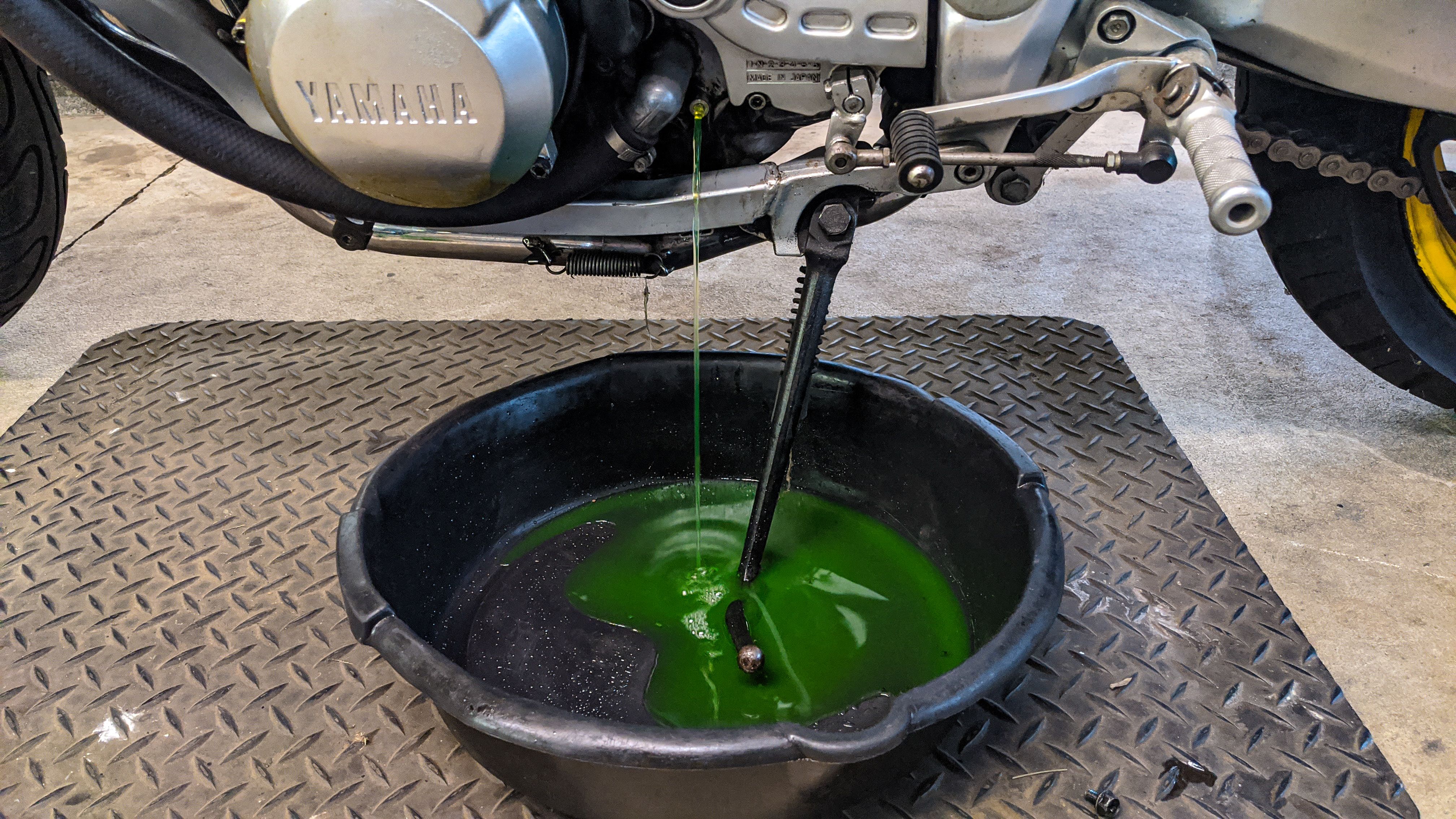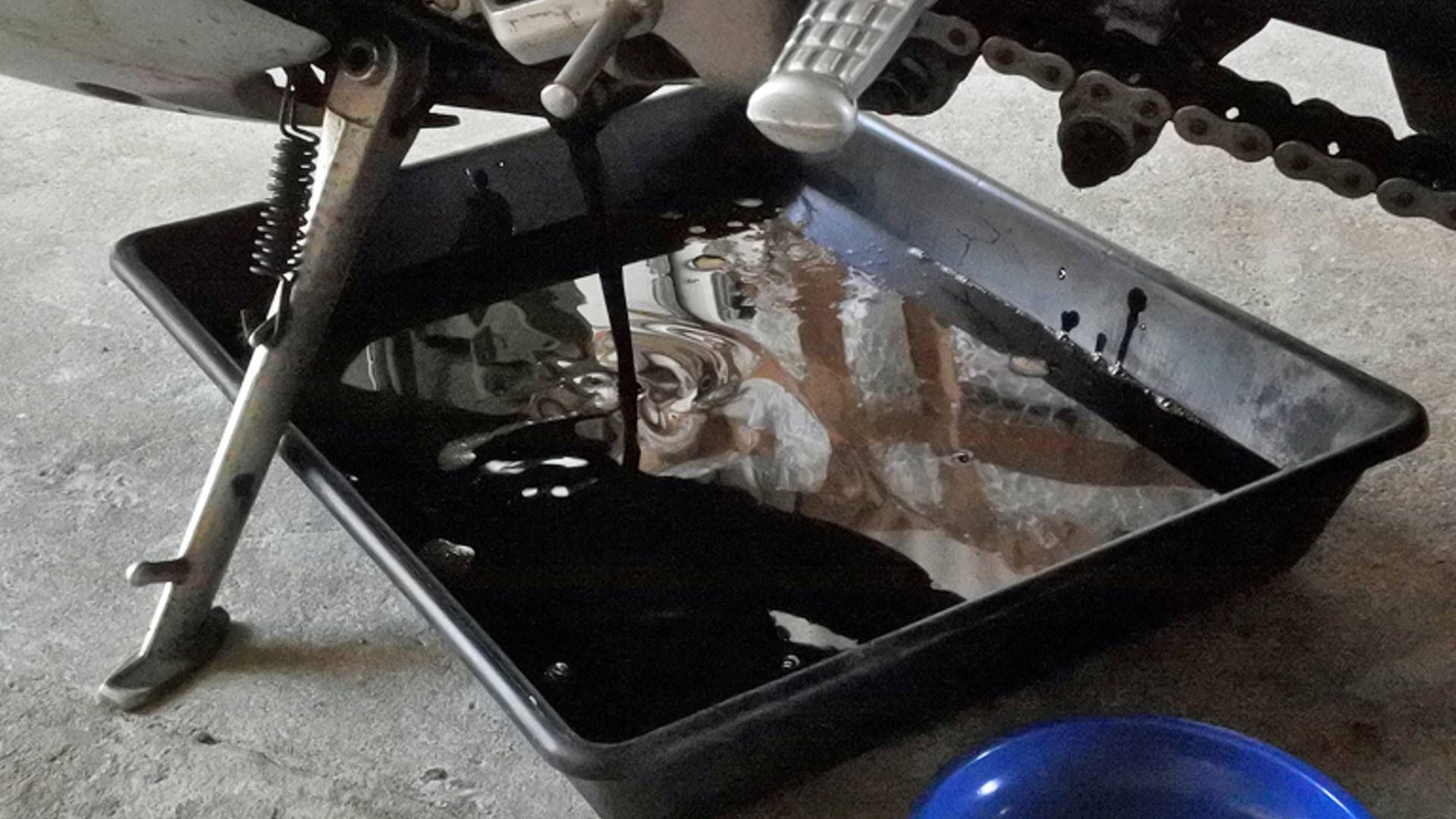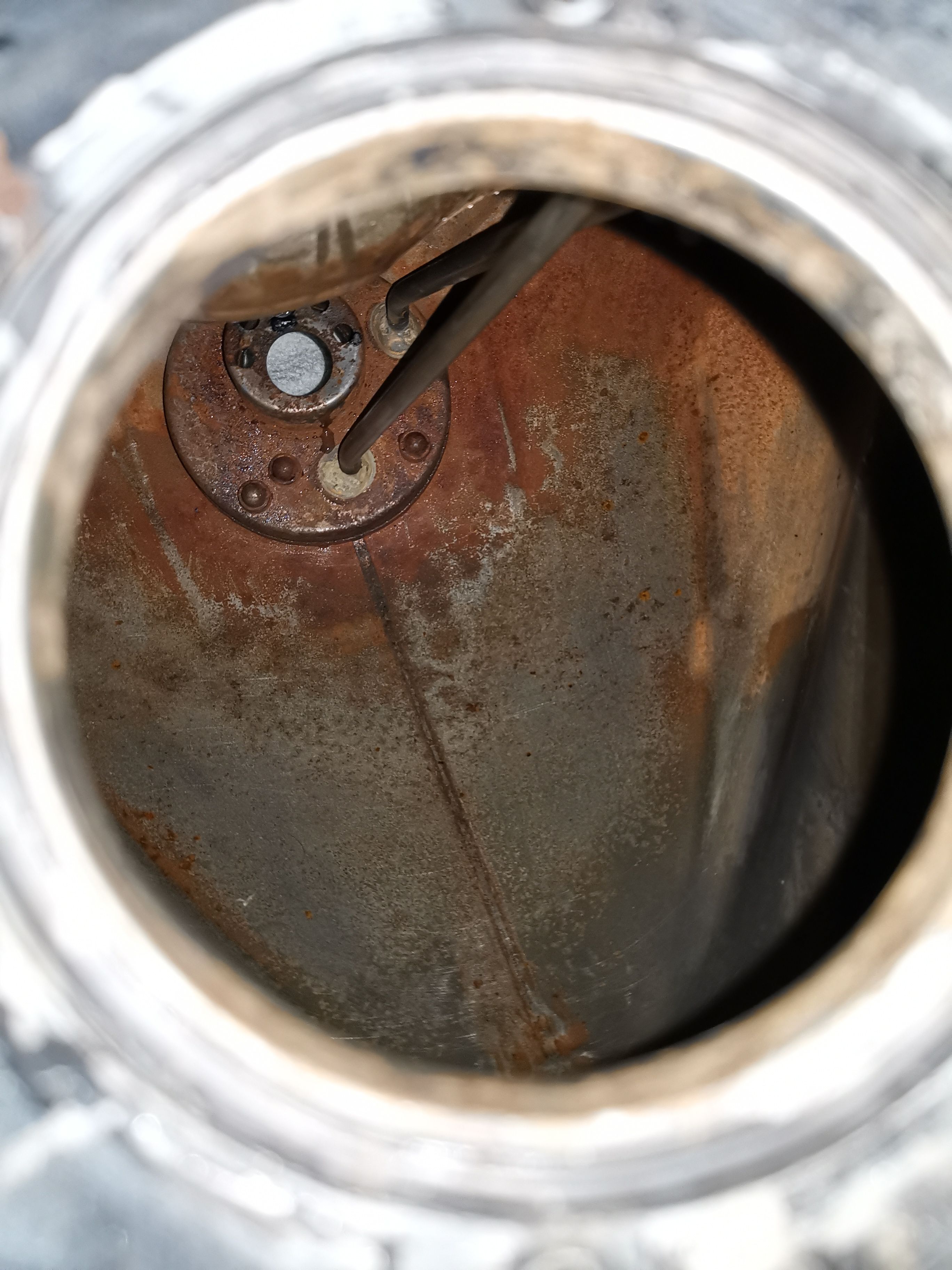A low mileage motorcycle might seem like a good idea - after all, it has had less time to get worn out, but there are other considerations.
Should I Buy An Older, Low-Mileage Motorcycle?
We've all been there, looking through the classified ads at the back of a magazine or online when you spot what looks like it should be too good to be true: an older but low-mileage bike that's going for the right price.
At first glance, you think there must be something wrong but you give the owner a call anyway because, at that price, it seems like a bargain. The owner says, yes, the mileage on his fifteen year-old bike is correct, that he's owned it for all those years and that it's spent more time in his warm and dry garage than out on the road.
So, is this the bargain of the century you've been waiting for or should alarm bells be ringing?
There are two ways of looking at it. Firstly, if the mileage is low, then many of the components that would normally be subject to wear, won't have worn: engine internals, bearings, gearbox, cosmetic items such as seat covers and hand grip and lever rubbers and so on.
So that's all good. But there is a downside. Any machine that sits for a long time will still degrade: rubber perishes so things like brake lines, fork seals and tyres might very well need replacing.
Liquids in the engine, gearbox, forks, braking and cooling systems will all probably need to be replaced. Many people think that mileage is the key factor in when to replace lubricants and coolants but it's not: it's time that is the key factor. Coolant will stop doing its job properly after a year or so. Decreased cooling capability will result in over-heating, which can have disastrous effects on an engine. Oil becomes acidic after being used in an engine and leaving it there will mean it can start to eat away at engine internals.
Another problem with letting an engine sit for a year or longer, is that bearing lubrication will have slowly seeped away. The first time you start the engine and the bearings will be running with the minimum lubrication for a few seconds or even up to a minute and will wear incredibly quickly.
Another factor to consider is how it was used for all those years. If the owner says he ran it every day but that turns out to be five minutes to work and back, then that is a problem. An engine and the oil needs to get good and hot and run for as long as possible so the oil circulates properly. A five minute run won't allow that to happen and it is when an engine is cold that most wear happens.
Put it this way: if someone offered me an ex-taxi cab (for example) that was ten years old and with 200,000 miles on the clock or the same car that was privately owned but only had 10,000 miles on the clock, I'd take the taxi. The engine has spent all its life running and being lubricated properly and not run for a bit, then left to sit for a few days, then run again for a bit and so on. Yes, more parts are likely to have worn but, overall, the car will be healthier.
The same can be said for the bike, although the chances are the mileage won't be as high. But a bike engine can last easily up to 100,000 if it is used regularly and for long periods and the fluids are changed religiously every year - or sooner, if you can afford it - regardless of the mileage covered.
Petrol tanks and fuel systems are another problem. A motorcycle left standing for a year or more, with petrol in the tank, is a nightmare waiting to happen. A gummy residue will be left after the fuel has evaporated in the tank, fuel lines, carbs or fuel injection system, requiring a full strip down.
Another problem with fuel left in the petrol tank is the ethyl that is added to petrol. Ethyl is hygroscopic, meaning that it absorbs water. Water, when mixed with petrol, sill sink to the bottom. Water in contact with the steel of a petrol tank will rust the tank, from where rust can get into the fuel system and block it.
All these problems can and do occur, but don't necessarily have to be the difference between buying a bike or walking away. The important thing is to go in with your eyes open and knowledge of the possible problems to look for and you could well bag that bargain of the century.

